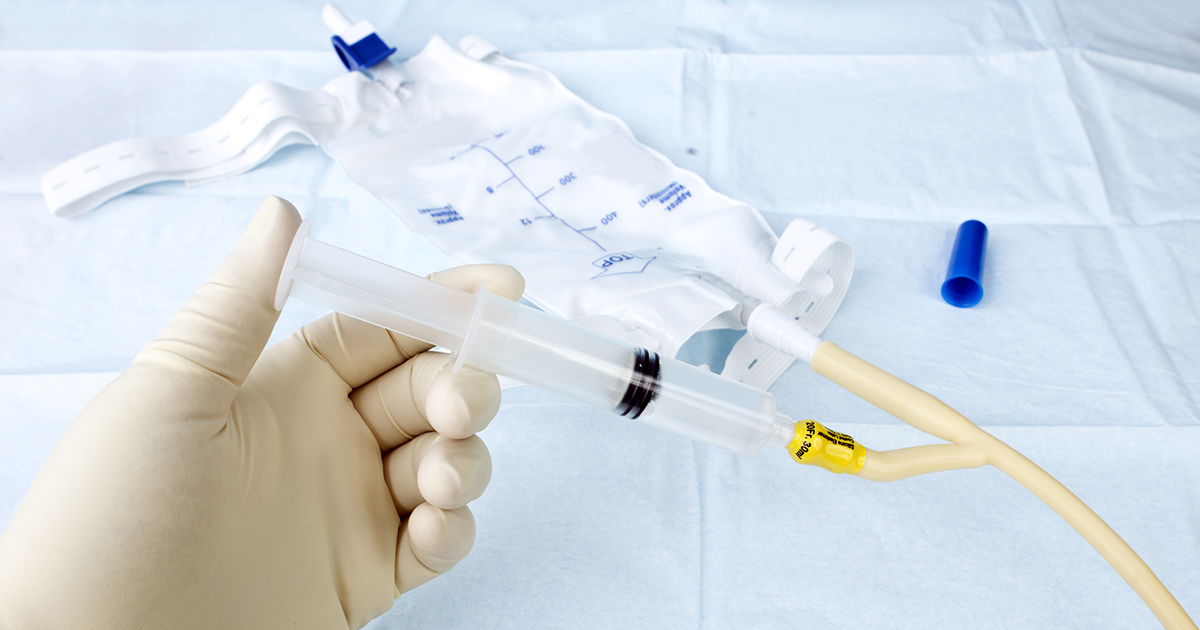Guide To Managing Patent Ductus Arteriosus
Patent ductus arteriosus is a congenital heart defect that occurs when the ductus arteriosus, a normal hole in the aorta present before birth, fails to close once the baby is born. Typically, the ductus arteriosus closes naturally within a few days of the baby's birth. Premature infants are more likely to have patent ductus arteriosus. While small openings may not need treatment, larger openings could enable blood to flow in the wrong direction, leading to a weak heart and heart failure. Patent ductus arteriosus is twice as common in female patients as it is in males, and babies born at altitudes above ten thousand feet are at an elevated risk of this heart condition. If a mother experiences rubella during her pregnancy, the baby may have an increased risk of patent ductus arteriosus and other congenital heart issues. Symptoms associated with significant patent ductus arteriosus include sweating while feeding, fatigue, rapid heartbeat, and an increased respiration rate. To diagnose this condition, doctors will listen to the patient's heart to check for a heart murmur. Electrocardiograms, echocardiograms, and chest x-rays are needed to confirm the diagnosis.
The methods outlined below are beneficial in the treatment and management of patent ductus arteriosus.
Surgical Intervention

Surgical intervention is generally recommended for babies who have not responded to medication and other conservative treatments. Typically, doctors suggest surgery only in cases where the patent ductus arteriosus is large and causing significant complications. The operation is normally carried out within the first year of the child's life. For babies with severe symptoms, surgeons advise the procedure be performed within the first six months of the child's life. To perform the surgery, doctors make an incision between the ribs to access the heart. Then, the opening is closed using stitches or a metal clip. After the procedure, patients remain in the hospital for a few days, and they need a few weeks of additional recovery time at home. This procedure restores blood circulation to normal, and most patients have an excellent prognosis with no need for additional surgery.
Learn more about treating patent ductus arteriosus now.
Catheter Procedures

Catheter procedures are usually the first invasive treatment doctors attempt when treating patent ductus arteriosus. While the procedure is appropriate for the vast majority of patients with this condition, premature infants cannot have this particular procedure due to their small size. To be eligible for a catheter procedure, patients must weigh at least five kilograms. Catheter procedures can often be performed using minimally invasive methods, and patients may be able to have the procedure at an outpatient surgery facility. During the procedure, a catheter is placed in a blood vessel in the patient's groin, and surgeons advance it until it reaches the affected area of the heart. Once they are in the correct location, doctors release a plug or a coil that has been inserted into the catheter, and this closes the ductus arteriosus.
Get more information on how to manage patent ductus arteriosus now.
